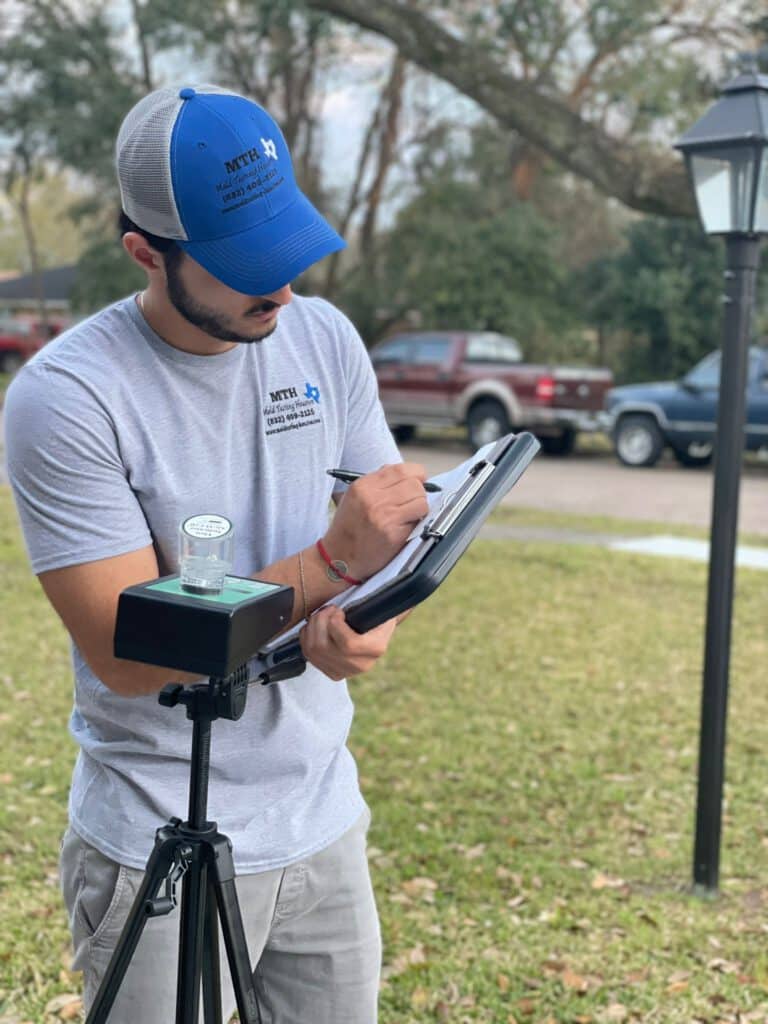
Blog
Frequently Asked Questions About Mold Testing: Expert Answers and Advice
Mold is a common issue faced by homeowners in Houston and can have serious consequences on both health and property. One effective way to tackle

Mold is a common issue faced by homeowners in Houston and can have serious consequences on both health and property. One effective way to tackle

Mold is unfortunately a familiar sight in many households and can have unfortunate implications on the health of people living inside. It’s best to take
